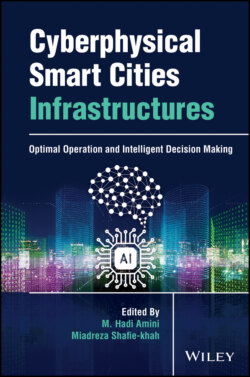Читать книгу Cyberphysical Smart Cities Infrastructures - Группа авторов - Страница 12
1.2 A Brief History of AI
ОглавлениеIf one were to go through a history of literature, that person would find out that humans have often fantasized about the creation of non‐human acting, responding, and thinking as if they were human. Many stories that fall in the genre of science fiction often depict the use of robots functioning using AI either for good, or for bad. Although the fantasy of AI stretches back quite far, the modern age of AI begins around the era of the 1950s [7]. The difference between this era versus previous written versions of the future of AI stems from the fact that Alan Turing had begun development of code that would yield the first AI machines, turning what was once science fiction into reality.
Figure 1.1 Intersection of AI, healthcare, and cybersecurity.
Although AI development began in the 1950s, 70 years later, we still do not have fully functional robots walking around. The reason for this has to do with the fact that early AI innovators were limited in technological capability. Things such as processor speed, memory, space, cost, and availability were all issues that these early innovators had to overcome. As developments for the computer became faster, smaller, and cheaper, AI was able to move forward, jumping over hurdles that previously blocked its path. In the beginning of AI programs, many would often be developed to play a board game, such as chess or checkers. These games were limited as far as the rules, and thus easy to learn, but take a significant amount of intelligence to learn and master [7]. By the 1960s, AI had been established and many were working toward defining this new frontier.
The best comparison for the growth and development of AI ironically is to that of a human child. When the child is first born, it simply exists. It does not do much other than a few basic functions. However, soon after, the child begins developing motor and verbal skills and interacting with its surroundings. Eventually these motor skills are refined, and the child begins to walk. At the point of mobility, the child's world expands beyond just the three feet surrounding them. Data processing, understanding, and decision making begin to shape in the child. Thus after 70 years, AI is equivalent to a toddler. There are many things that AI can do independently, but it is far from being an independent fully functioning adult right now.
